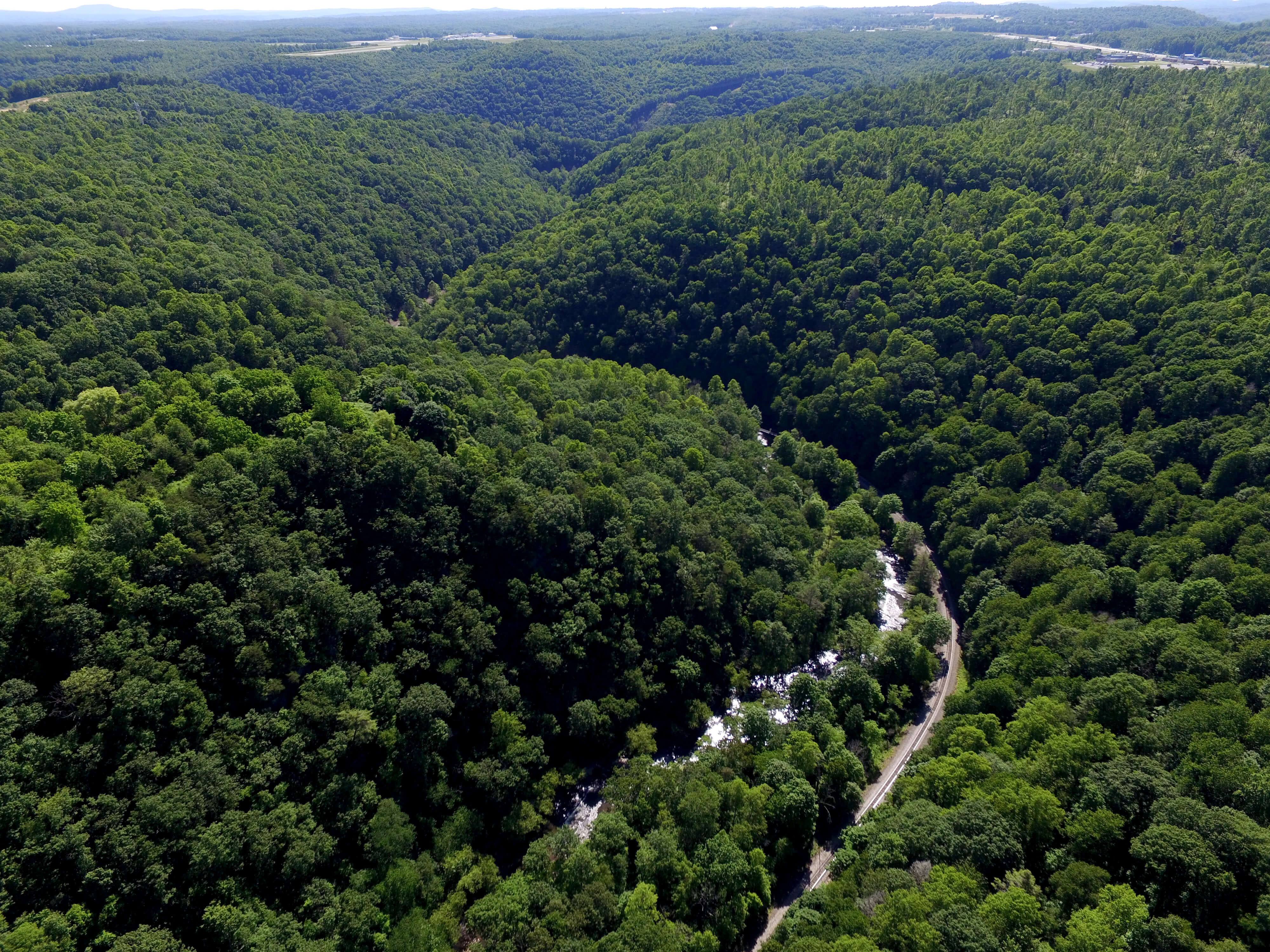
Woodrow Wilson High School Wetland Restoration
A FY2018 §319 Project

Map of project area
The project was created with the following timeline:
Project Proposal Finalized: July 2017
Design Completed: March 2020
Phase 1: April 2021
Animal relocation and pond dewatering
Phase 2 May 2021 - July 2021
Construction of stream channel and wetland
Phase 3 May 2021 - September 2022
Pollinator Garden Planting & Accessibility Features
October 2022 Project Completion
The next step was to relocate the wildlife of the pond.
Relocating the wildlife of the Woodrow Wilson Pond
Over 100lbs of fish including bass, catfish, carp, and small crappie were caught and moved to a private pond by Ameri-corps Associates, US Fish and Wildlife Service, the West Virginia Conservation Agency, WVDNR, and WVDEP. Further eight ducks were unable to fly to adjacent waterways, and were moved to a private duck pond in Wyoming County by a group of concerned local residents.
At this point, the wetland was created but quite far off from the inspiration renderings of the site.
Is it working?
Initial water quality improvements show promise with better results expected as the wetland matures.
Map showing the decrease in Fecal Coliform across the site
Phase 4?
Two enterprising tenth-grade students Ram Asathambi and Thomas Spencer, began a campaign to fund a boardwalk to the wetland to provide easy access to view the site and serve as an outdoor classroom. The students started a fund-raising campaign by notifying local businesses, elected officials, friends, and fellow students of their project. So far, they have raised over $40,000.
Ram Asathambi (left) and Thomas Spencer (right) stand before the wetland area.
This project would have been impossible if not for the coordination and collaboration of a huge array of partners. We thank them for their contributions and efforts.
The funding scenario of phases 1-3
A photo of some individuals, plus the logos of many organizations who were critical in this project.
The area before and after the restoration project





